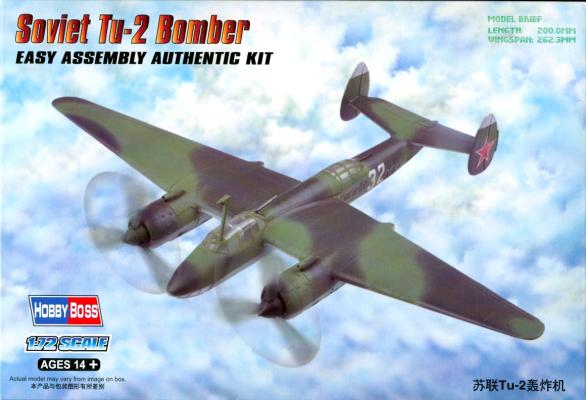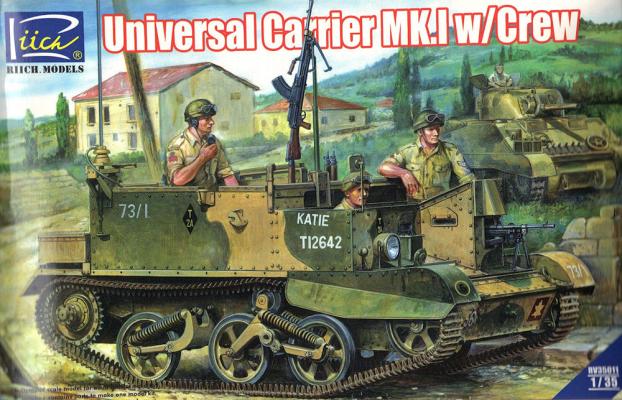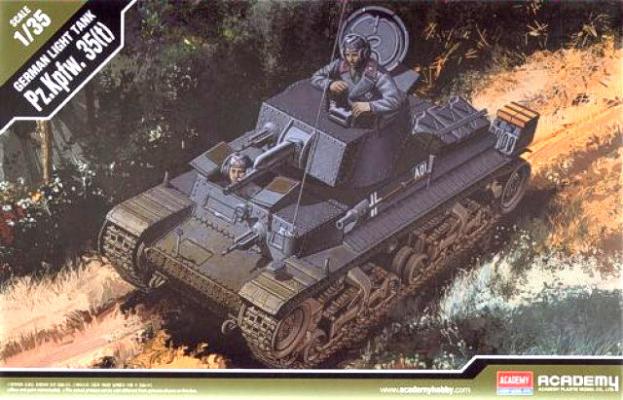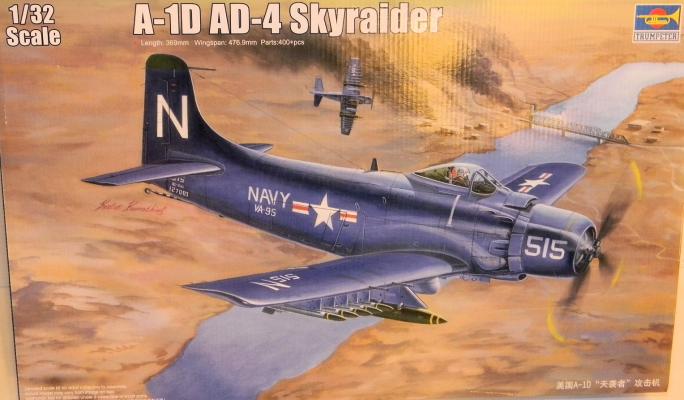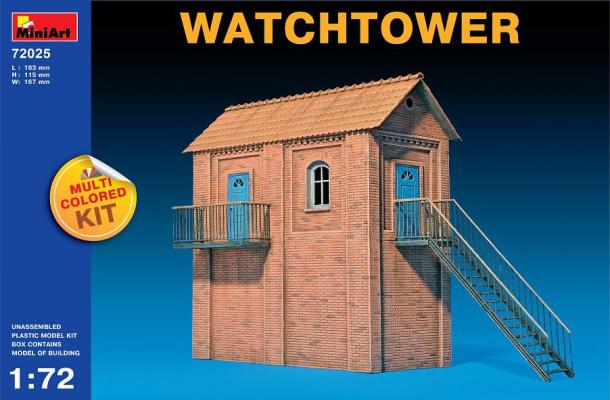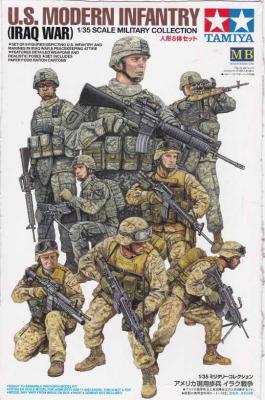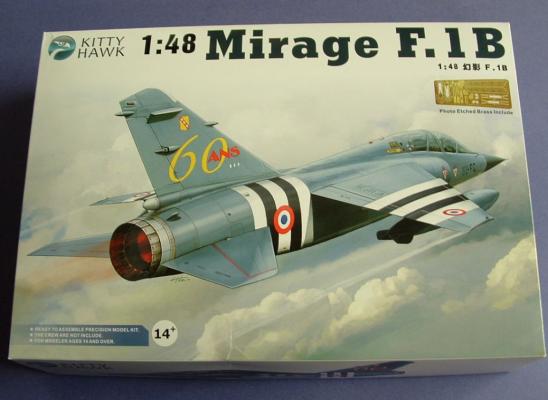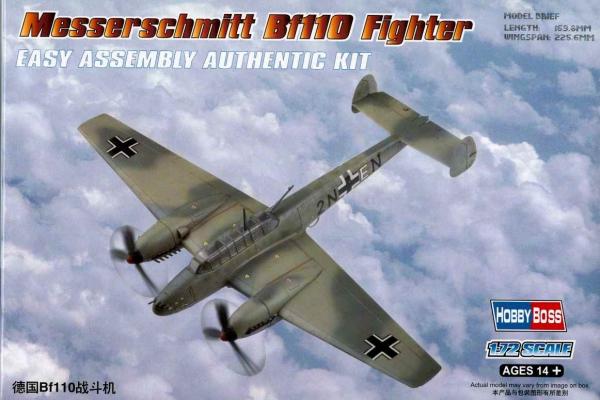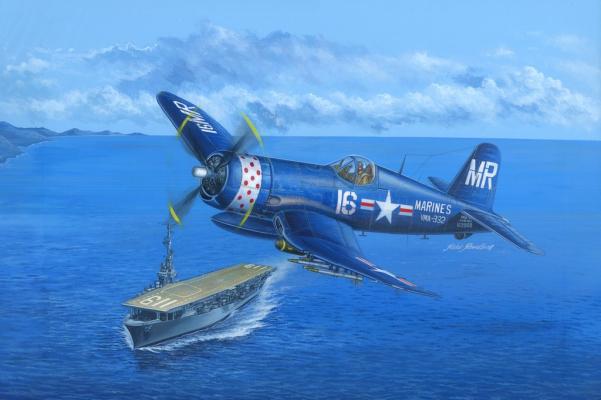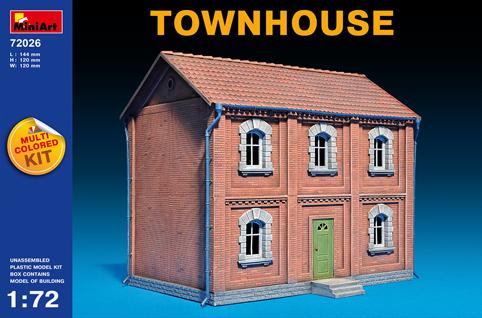History
The Tupolev Tu-2 has a rather interesting origin, being designed by a team of engineers who had run afoul of Stalin’s paranoia. They had been placed in a political prison as “enemies of the state,” and the design work for this aircraft began while the designers were incarcerated. The airplane was designed as a high speed bomber, capable of both level and diving attacks. Originally powered by liquid cooled AM-37 engines, these were later required for the Ilyushin Il-2 Sturmovik program, so Shvetsov Ash-82 radials of 1,850 hp. were used, giving the plane a maximum speed of well over 300 mph. A crew of four was carried, including a pilot, navigator gunner, and two additional gunners. The first flight of the aircraft was in January, 1941, and the type entered service in 1942. Many variants of the Tu-2 appeared, and total numbers exceeded 3,000 before production ended in 1950.

